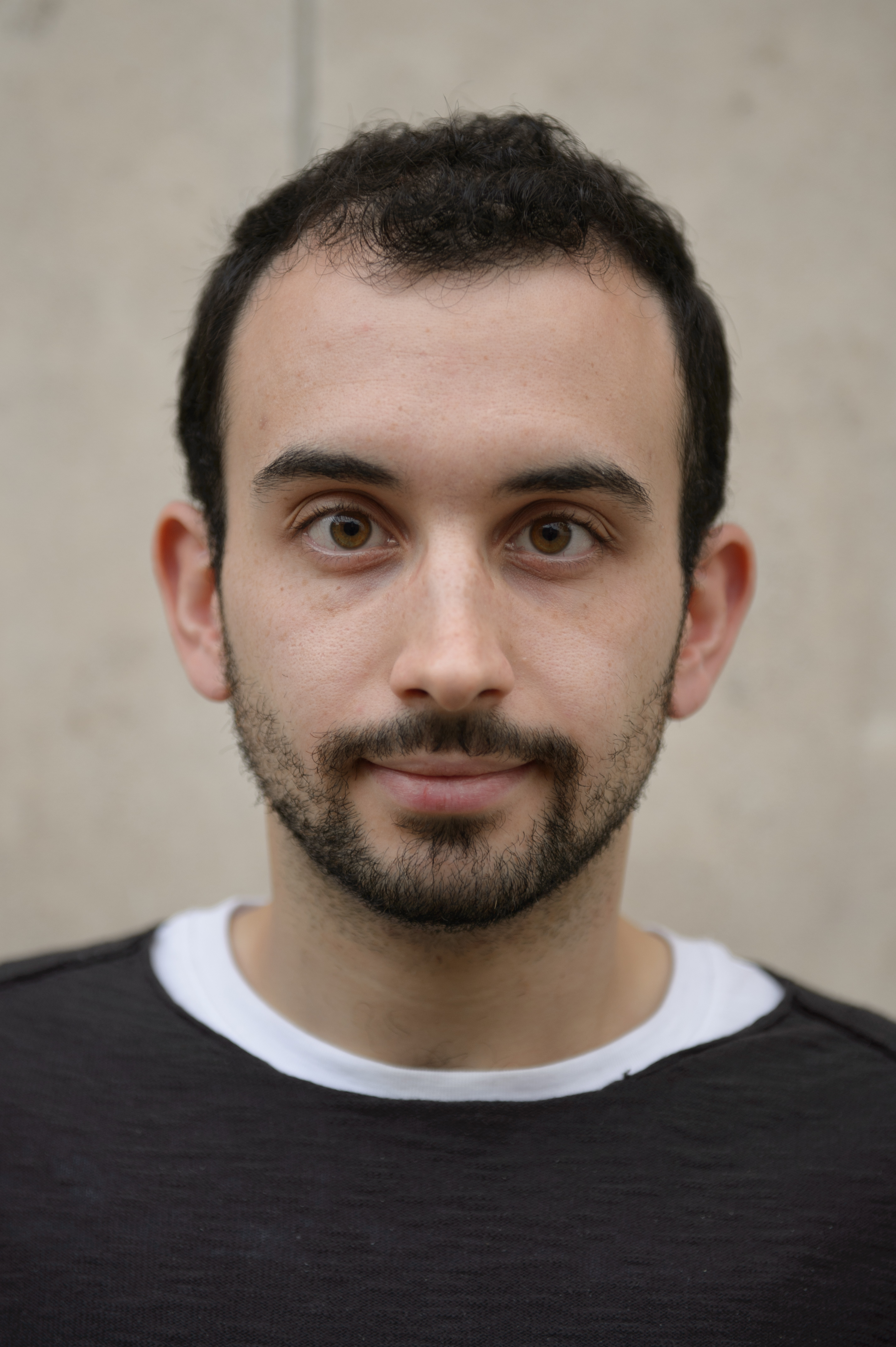Current PhD Thesis Fellows
 Matteo Rizzato
Matteo Rizzato
I am Matteo Rizzato, PhD student at the Paris Institute of Astrophysics, awarded with an ILP fellowship for a 3 year project from October 2016 till September 2019. I enrolled in 2010 at the faculty of Physics of Padova (IT) for a 3 year bachelor. I defended my thesis in 2013 with a discussion on possible analytical solutions for super-symmetric potentials in quantum mechanics. Right after this project, I started my master courses in theoretical physics covering the most relevant topics in the field from General Relativity to Quantum Field Theory. My undergraduate path led me to the Lorentz Instituut in Leiden (NL) in March 2015 for a six month project on modified gravity theories under the supervision of Alessandra Silvestri.
I defended my master thesis in December 2015 with a dissertation regarding the implementation of a specific model of modified gravity in the EFTCAMB code, a publicly available software well-known in the cosmological community. After the defence, I continued working on the project in Leiden which culminated in my first paper in January 2016. At the beginning of October 2016, I started my PhD in Paris under the supervision of Francis Bernardeau and Karim Benabed with the title ‘High order correlation functions of Large Scale Structures of the Universe - Exploitation for the Euclid Mission’.
I am interested in and presently working on the estimation of the information content in the weak lensing observables in the context of the Euclid mission, which is expected to be launched in 2021. Nowadays, one of the most important issues cosmology is trying to tackle is the theoretical motivation for the presently observed accelerated expansion of the Universe. In order to unveil its nature, we have to observe the Universe where this dynamics is most effective so as to gain as much information as we can regarding its behaviour. For this purpose, the late time universe can be a powerful source of precious data. However, in order to constrain the cosmological parameters with late-time observables, it is important to properly account for the non linear physics which characterises the evolution of the large scale structures of the Universe. Presently, we do not have an analytical model for the description of the dark matter clustering forming these structures and we have to rely on approximate methods. However, approximations might (not) degrade our final parameters forecast.
To understand this possible impact, I am developing a parallelised Fortran code which performs the so called signal-to-noise ratio analysis of the weak lensing observables for a Euclid-like survey. The analysis I am performing will account for the tomographic distribution of the sources for the weak lensing signal in redshifts, the physically induced cross-correlation between different modes in the dark matter field and the cross-correlations induced by the mask of the survey. The challenge is complicated on the theoretical and computational side: stay tuned for further developments.
Contact:





